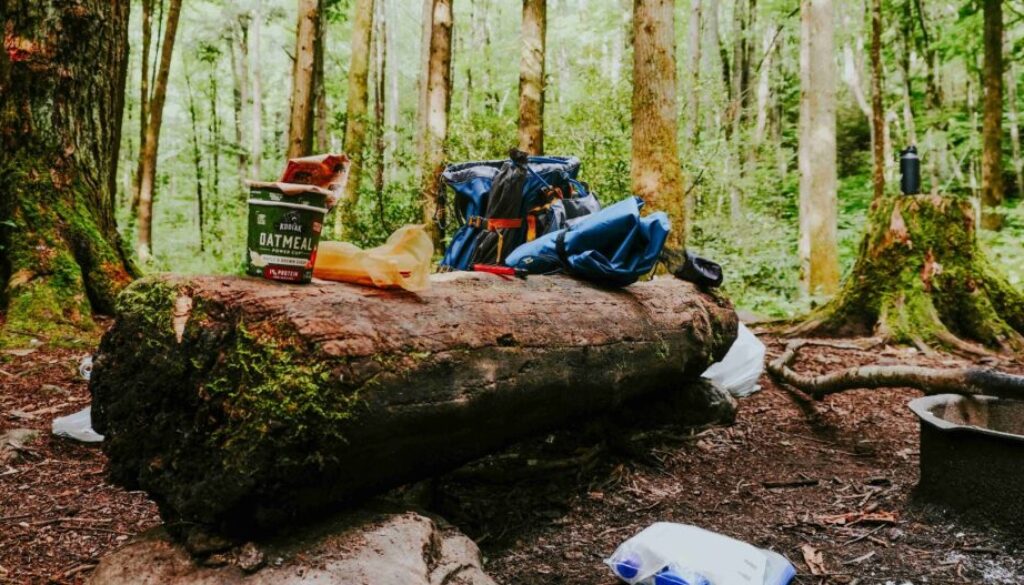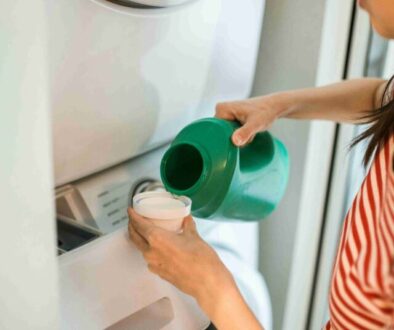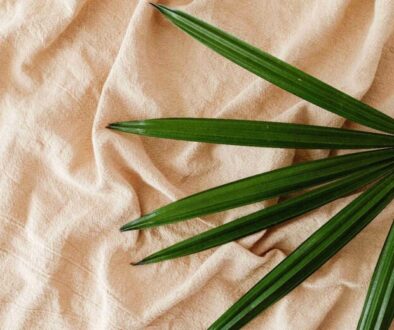Biodegradable Trash Bags | 7 Ingenious Eco-Friendly Hacks
Discover genius Eco-hacks with biodegradable trash bags for a sustainable lifestyle. Go green and reduce waste today!
Did you know that the average American uses approximately 500 plastic bags every year? These seemingly innocuous items have a significant impact on our environment, from polluting our oceans to harming wildlife.
Enter biodegradable trash bags – a sustainable alternative that not only reduces waste but also minimizes ecological harm. Biodegradable trash bags, including the best biodegradable trash bags in 13-gallon sizes, offer a promising solution to our plastic pollution crisis.
In this blog post, we’ll delve into the environmental repercussions of traditional plastic bags, introduce you to the eco-friendly benefits of biodegradable alternatives, and unveil seven ingenious hacks to incorporate them seamlessly into your daily routine.
The Importance of Sustainable Waste Management
Traditional plastic bags pose a severe threat to the environment. They take centuries to decompose, filling landfills and harming ecosystems. Wildlife often mistake them for food, leading to tragic consequences. Urgent action is needed to address this pressing issue.
Biodegradable trash bags provide a sustainable solution to plastic pollution. Made from renewable materials like plant-based polymers, they break down naturally. By choosing the best biodegradable trash bags, individuals can minimize ecological harm. Small changes can lead to a healthier planet for future generations.
Individuals play a crucial role in waste reduction and environmental protection. Switching to biodegradable trash bags is a simple yet impactful choice. From composting to recycling, every action contributes to a greener future. Together, we can preserve our planet for generations to come.
Understanding Biodegradable Trash Bags
Biodegradable materials are substances that can be broken down naturally by microorganisms into simpler compounds over time. Traditional plastics persist for centuries from fossil fuel sources.
In contrast, biodegradable materials, often derived from renewable resources like plant-based polymers, naturally degrade over time. This fundamental difference makes biodegradable trash bags a more sustainable option for waste management.
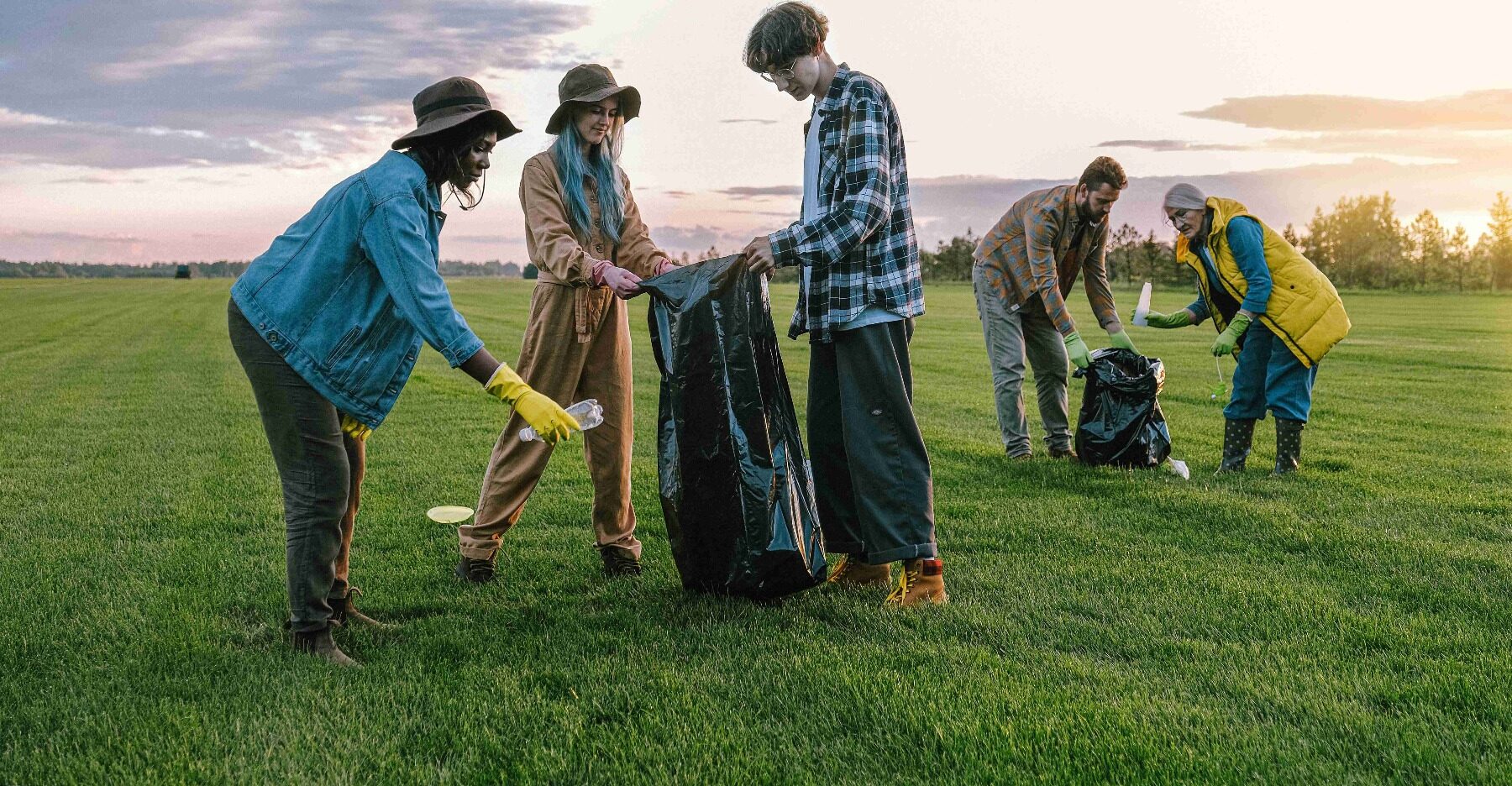
Biodegradation
Biodegradable trash bags decompose through a process called biodegradation, where microorganisms like bacteria and fungi break down the material into carbon dioxide, water, and biomass.
This natural breakdown process occurs in various environments, including composting facilities, landfills, and soil. As biodegradable trash bags degrade, they release fewer harmful chemicals into the environment compared to traditional plastics, minimizing their impact on ecosystems.
Choosing the best biodegradable trash bags, such as those available in 13-gallon sizes, can significantly reduce our reliance on non-renewable resources and mitigate plastic pollution.
Standards for US biodegradable product certification
Certification standards for biodegradable products in the USA, set by organizations like the Biodegradable Products Institute (BPI) and the United States Department of Agriculture (USDA), ensure transparency and reliability.
These certifications involve thorough testing to assess the materials’ ability to break down naturally without harmful residues. By adhering to these standards, consumers can trust that biodegradable trash bags meet strict environmental criteria, promoting sustainable waste management practices.
Eco-Friendly Hacks Using Biodegradable Trash Bags
Hack 1: Composting Kitchen Scraps with Biodegradable Liners
- Line your kitchen compost bin with a biodegradable trash bag.
- Collect food scraps, vegetable peels, and coffee grounds throughout the week.
- Once the bag is full, tie it securely and place it in your backyard compost pile.
- The biodegradable liner will break down along with the organic waste, enriching your compost.
- Use the nutrient-rich compost to fertilize your garden and promote healthy plant growth.
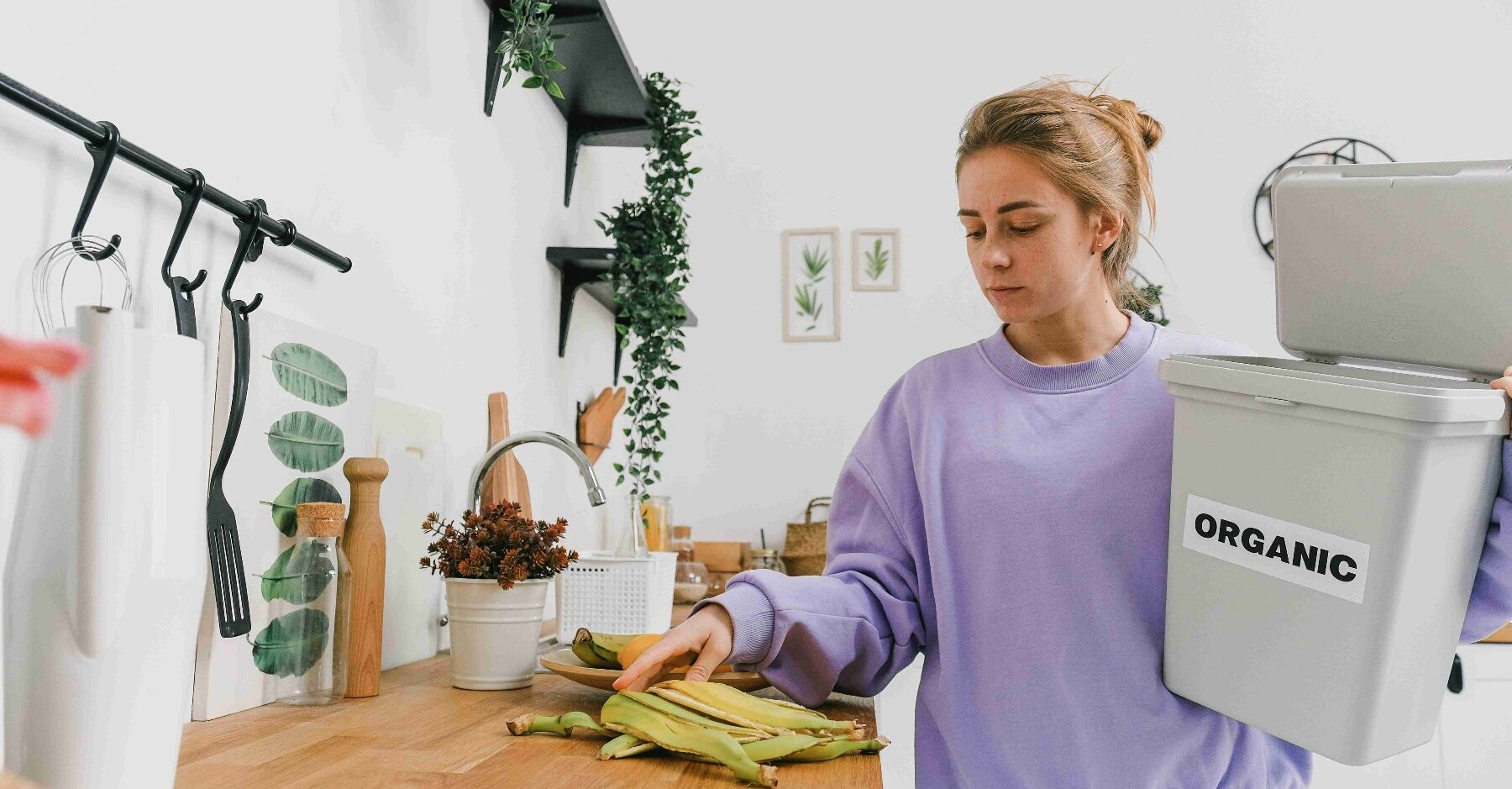
Hack 2: Creating Homemade Seedling Pots from Biodegradable Bags
- Cut biodegradable trash bags into squares or rectangles, depending on the desired pot size.
- Fold the edges of the bag inward to form a pot shape, securing them with tape or staples.
- Fill the makeshift pots with potting soil and plant seeds or seedlings.
- Water the plants regularly and place them in a sunny spot to encourage growth.
- Once the seedlings are ready to transplant, simply plant them directly into the soil, bag, and all, as the biodegradable material will break down over time.
Hack 3: Using Biodegradable Bags for Pet Waste Disposal
- Carry biodegradable trash bags during walks with your pet.
- Use the bags to pick up your pet’s waste, ensuring proper sanitation.
- Tie the bag securely to contain the waste odor and bacteria.
- Dispose of the bag in a designated pet waste bin or your home’s compost pile.
- The biodegradable material will decompose naturally, minimizing environmental impact.
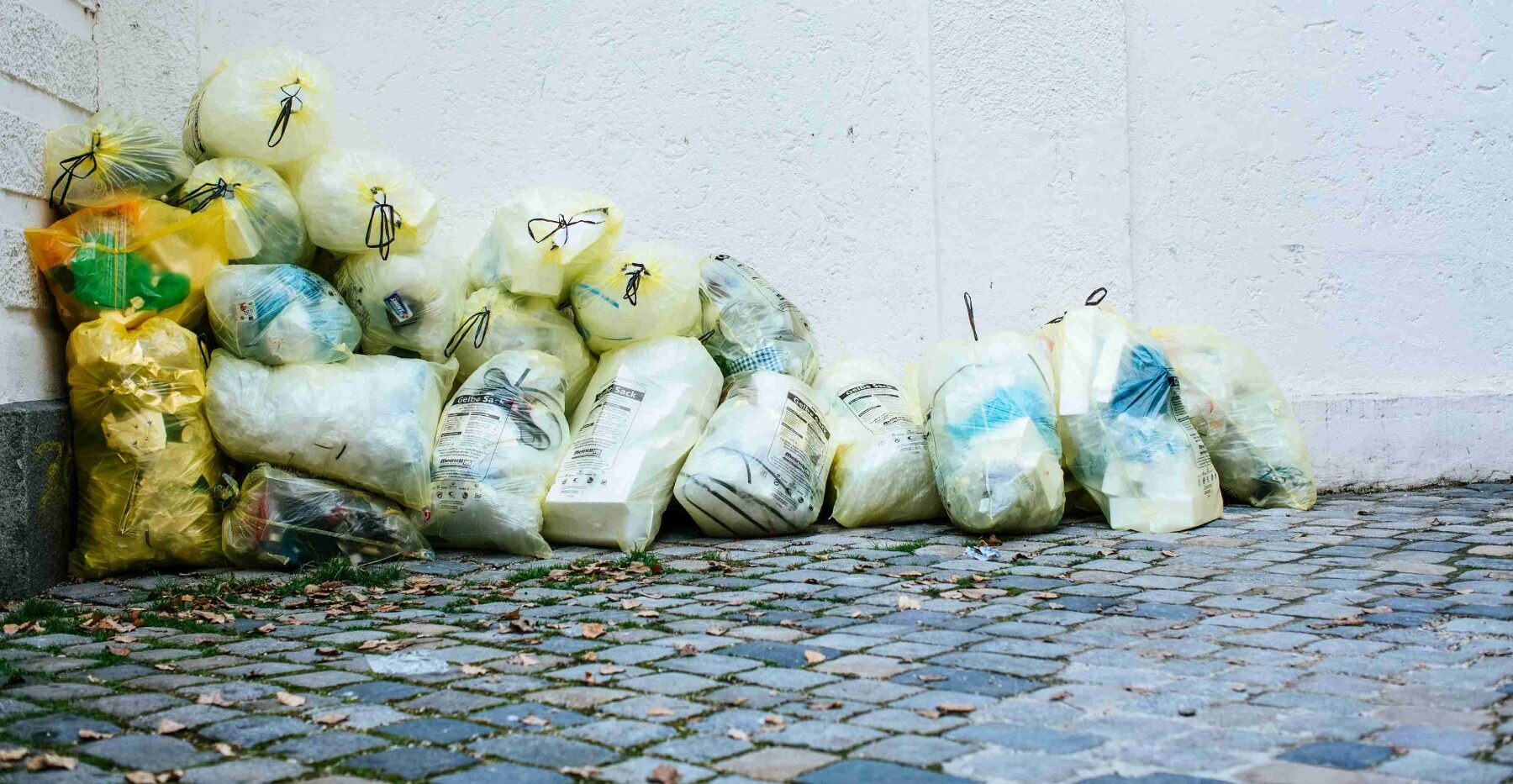
Hack 4: DIY Waterproof Covers for Outdoor Gear and Equipment
- Cut biodegradable trash bags to size to cover outdoor gear such as backpacks, camping tents, or sports equipment.
- Secure the covers with adhesive tape or waterproof sealant to ensure a tight seal.
- Test the waterproofing by spraying water onto the covered gear and checking for leaks.
- Use the gear as usual, knowing it’s protected from moisture and the elements.
- When no longer needed, remove the covers and dispose of them responsibly, knowing they will biodegrade over time.
Hack 5: Making Biodegradable Packaging Material for Shipping or Moving
- Gather biodegradable trash bags and scissors.
- Cut the bags into strips or small pieces, depending on the desired size of the packaging material.
- Fill boxes or packages with biodegradable material to provide cushioning and protection for fragile items.
- Seal the packages securely and label them as biodegradable for eco-conscious shipping or moving.
- After unpacking, dispose of the biodegradable packaging material in your home compost bin or municipal composting facility.
Hack 6: Organizing and Storing Household Items with Biodegradable Bags
- Sort and declutter household items into categories such as clothing, toys, or seasonal decorations.
- Place items into biodegradable trash bags and seal them securely.
- Label each bag with its contents for easy identification.
- Stack or store the bags in closets, attics, or storage bins to keep your home organized and clutter-free.
- When needed, simply open the bags and access your stored items, knowing the biodegradable material will break down harmlessly over time.
Hack 7: Crafting Creative Eco-Friendly Decorations and Art Projects
- Gather biodegradable trash bags in various colors or patterns.
- Cut the bags into strips, shapes, or designs to create unique decorations or art pieces.
- Use techniques such as weaving, braiding, or quilting to assemble the pieces into larger compositions.
- Incorporate other eco-friendly materials like recycled paper or cardboard for added texture and interest.
- Display your eco-friendly creations proudly, knowing they not only add beauty to your space but also contribute to a greener planet through the use of biodegradable materials.
Tips for Proper Disposal and Recycling
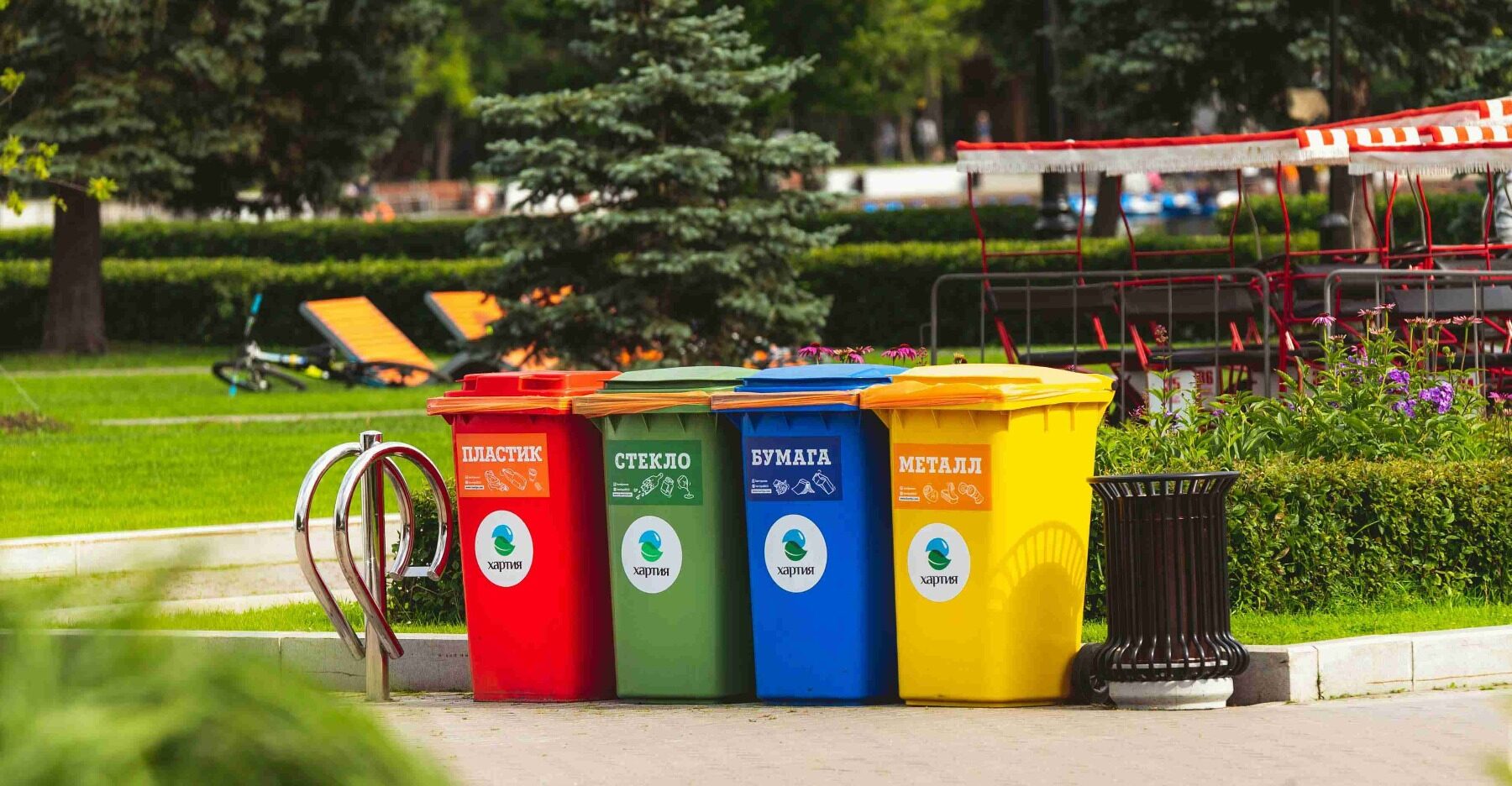
Guidelines for disposing of biodegradable trash bags responsibly
- Check local regulations:
Before disposing of biodegradable trash bags, familiarize yourself with your community’s waste management guidelines.
- Separate compostable waste:
If possible, separate biodegradable trash bags containing organic waste for composting.
- Seal bags securely:
Ensure biodegradable bags are securely tied to prevent leakage or spills during disposal.
- Choose proper disposal methods:
Dispose of biodegradable trash bags in designated composting bins or facilities whenever available.
- Avoid mixing materials:
Refrain from mixing biodegradable trash bags with non-biodegradable waste to facilitate proper decomposition.
Information on recycling options for biodegradable materials
- Research local recycling programs:
Look into recycling programs that accept biodegradable materials in your area.
- Verify certification:
Ensure biodegradable products carry certifications recognized by recycling facilities to guarantee proper processing.
- Follow recycling guidelines:
Adhere to specific guidelines provided by recycling facilities for sorting and preparing biodegradable materials for recycling.
- Utilize mail-in programs:
Explore mail-in recycling programs offered by certain organizations or companies for convenient disposal of biodegradable materials.
- Encourage composting:
Consider composting biodegradable materials at home as an alternative to recycling, further reducing waste and promoting soil health.
Suggestions for reducing overall waste production in daily life
- Embrace reusable alternatives:
Opt for reusable items such as cloth grocery bags, stainless steel water bottles, and glass food containers to minimize single-use waste.
- Reduce packaging waste:
Choose products with minimal packaging or packaging made from recyclable or biodegradable materials.
- Practice mindful consumption:
Think critically about your purchasing habits and prioritize quality over quantity to reduce unnecessary waste.
- Repurpose and upcycle:
Get creative with repurposing old items or upcycling materials into new creations to extend their lifespan.
- Spread awareness:
Share tips and information on waste reduction with friends, family, and community members to inspire collective action towards a greener future.
Overview
In summary, adopting biodegradable trash bags provides a practical means to shrink our environmental impact and advance sustainability efforts. By applying the eco-hacks and proper disposal methods shared in the article, we can significantly reduce plastic pollution and safeguard our planet for the future. Let’s continue to prioritize eco-conscious choices and work together towards a cleaner, greener future. Together, we can make a positive impact on our environment and create a more sustainable world.
Ready to make a difference?
Choose one of the eco-friendly hacks shared here and try it out today!
